I bought another camera. Surprise! Yeah I get the bug every now and then, and as usual it’s another Fujifilm camera. “But you’ve already got two Fujifilm digital cameras, why a third??!” That’s the question I am going to try and answer in this latest installment of Chris is tired of film, but not really. So I’m going to go over the process that led me to buy a new camera, and why I chose the Fujifilm X-T20.
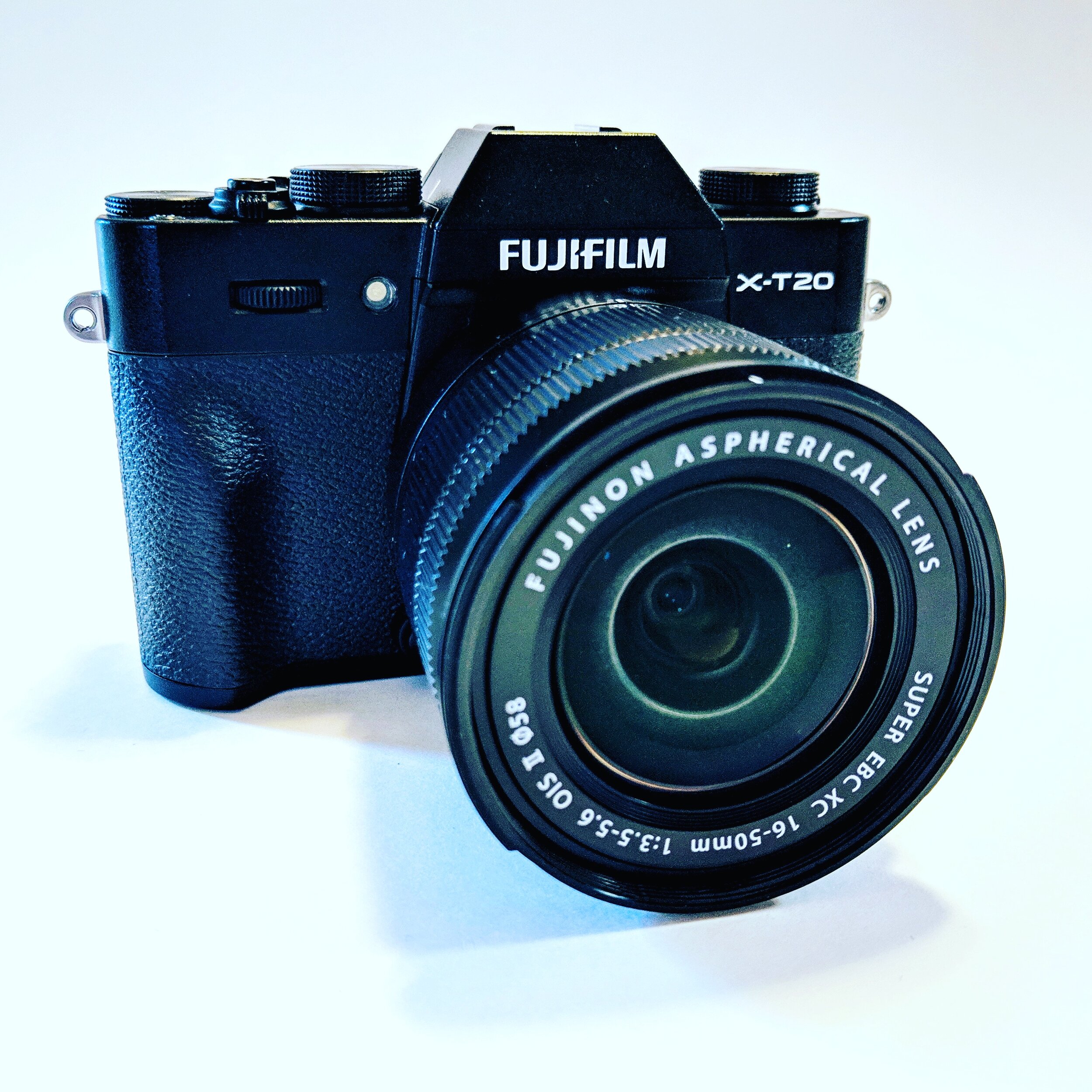
Revisiting the Ideal Camera
A while back I wrote a rather bland article about what I wanted in the perfect camera. Some of my desires from that article, like manual dials, still apply but some are things I feel don’t really matter to me as much, such as full frame. So I listed out my favorite cameras — digital and analog — and wrote my pros and cons of each. Of course now you want to know what my favorites cameras are and what the pros and cons came out to be. I really just took the few that I used a lot, the Leica, X100T, Canon F1, and the Smena Symbol as examples. I actually can’t find the original list, but I know at least those were in it. What I can tell you is that sifting through the pros and cons of each — the X100T is compact but has a fixed lens, the Leica is beautiful but the lenses are expensive — I came out with a short list of features that I wanted in a digital camera.
Inexpensive/Compact Lenses
One of the things I love about Leica are the lenses. They’re amazing! However, they’re way out of my budget. Recently I picked up a really nice 1965 Summicron 50mm f/2. It set me back nearly the same amount I paid for the Fujifilm X-T20 camera and 16-50mm lens combined. Were I a richer man, this might not be such a problem, but alas I need lenses that are small like Leica lenses, but priced for peasants like me. That’s where the XF/XC series lenses shine. They’re relatively compact compared to DSLR lenses, and the Fujinon EBC lenses are tack-sharp, even for the cheap 16-50mm kit lens!

Manual Control
This particular must-have feature puts nearly every camera but the Fujifilm cameras completely out of reach. Most photographers I’ve discussed this with have dismissed my desire as irrational, “All pro DSLRs have full control from the scroll wheels,” they say, but I don’t want my controls from a jog wheel. I mostly shoot film cameras and they have manual controls. I want that in a digital. My X-Pro-1 has it, my X100T has it, and the X-T20 has it. The other cameras on my list, from full frame to Micro Four Thirds, were lacking. I love the Olympus Pen series, but they have a dial with pictures. The same for the Sony cameras, they have dials but I don’t want dials that read “PASM…” I want “B T 1 2 4 8….250 500 1000….4000….” because I like that familiar control. Fujifilm understands that with their X Series cameras, and they offer that option.
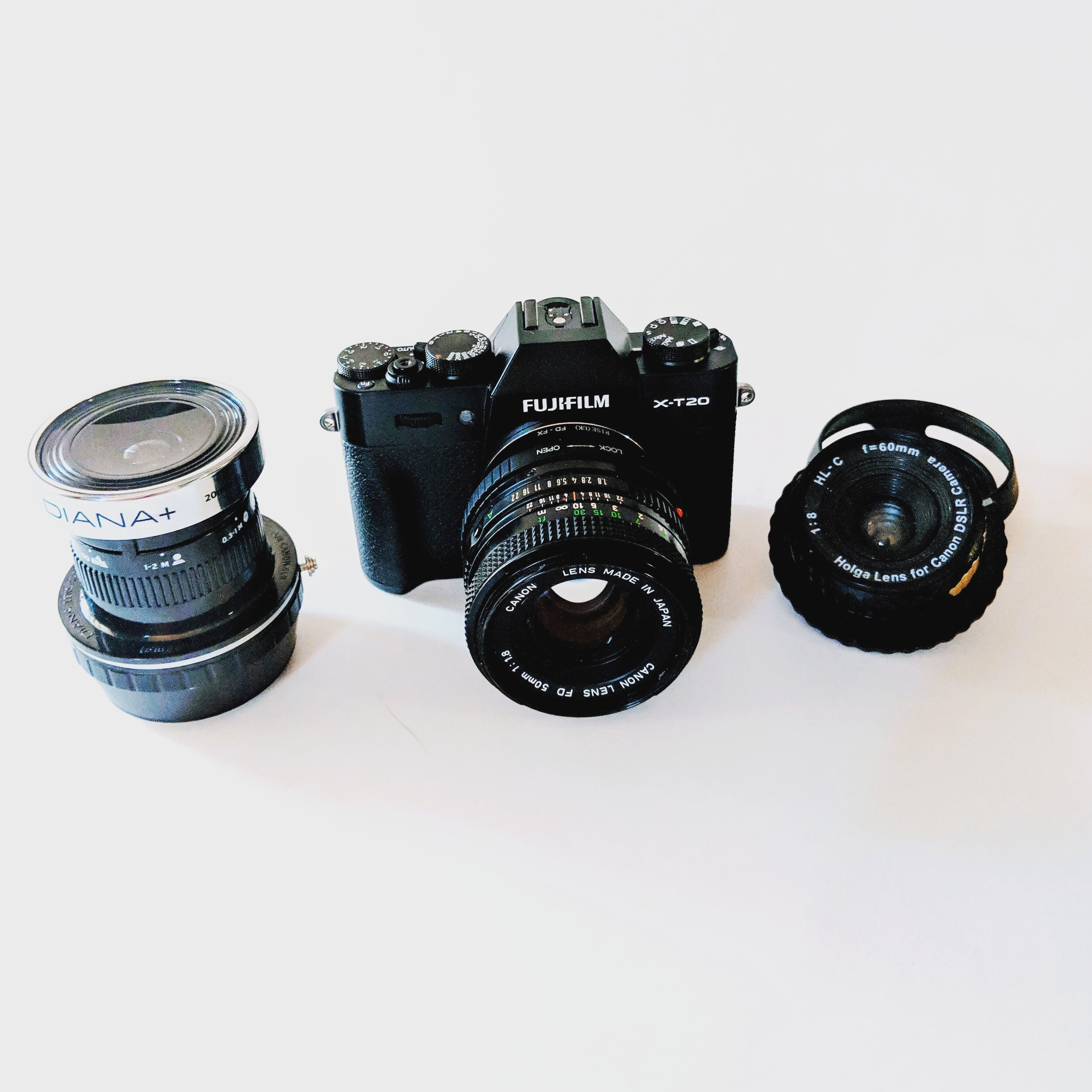
Fast Auto-Focus
I’m good with Rangefinder focusing, and I love a good Phase-Detection AF, but the sluggish focus of the X100T and more importantly the X Pro 1 were just a problem. The X100T was an improvement, but I have never been a fan of hunting focus. It feels like the old-school manual focus trickery of taking the subject out of focus, then back to crisp to get a sharp shot. Sometimes it’s literally that slow and I just didn’t like it. The X-T20 is an amazing camera with a super-fast AF, face and eye detection, subject tracking , and both PDAF and CDAF. I couldn’t be more pleased.
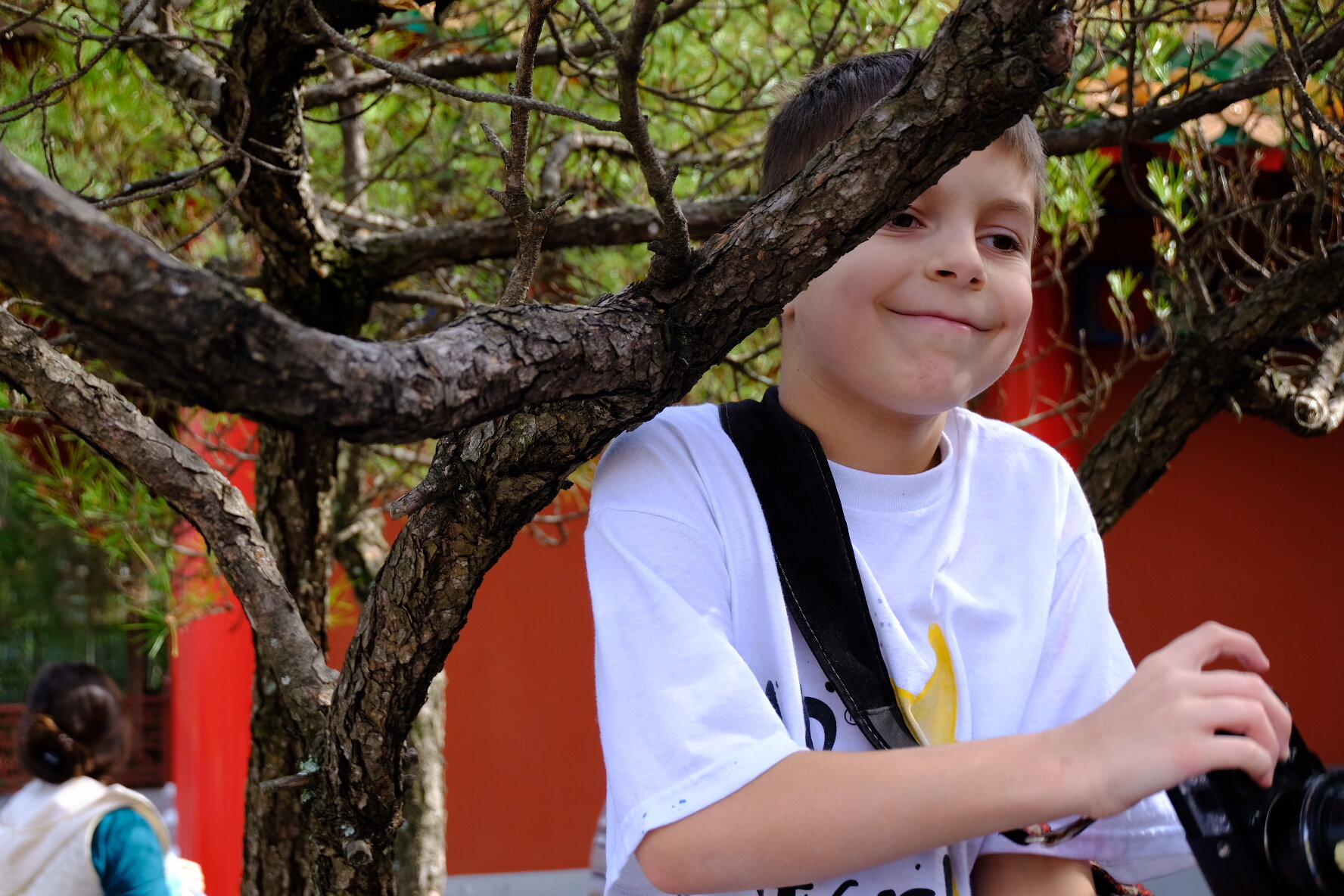
A Real Viewfinder
One of my biggest complaints of modern compact cameras, aside from the lack of real dials, is the lack of a viewfinder. I don’t want to take my pictures with both arms outstretched like a tourist. I want to put the camera to my eye — that ocular ball attached directly to my brain — and use the twelve inches behind the lens to take the photograph. This is so much easier when I’m looking through the camera. It’s visceral. In the two seconds it takes the camera to reach my face, my non-dominant eye closes, my brain focuses its attention instinctively on what is happening through my dominant eye, anticipating the scene until it sees through the viewfinder what is representative of what will be captured. That’s not something that can be achieved with an LCD display. The X-T20 has an excellent EVF **after the firmware update.

Excellent Image Quality and WiFi Connectivity
Every photo in this article, with the exception of the ones of the camera itself, are taken with the X-T20. These were taken in JPEG format with the Fujifilm Velvia simulation in-camera, and transferred to my phone via the Fujifilm Camera Remote app and the WiFi connectivity built into the camera. No Lightroom manipulation, no RAW files, just straight-from-the-camera JPEGs ready to print or share. With the X-Trans III sensor, the Fujinon lenses, and the Fujifilm analog film emulations in-camera, it ticks every box for me.
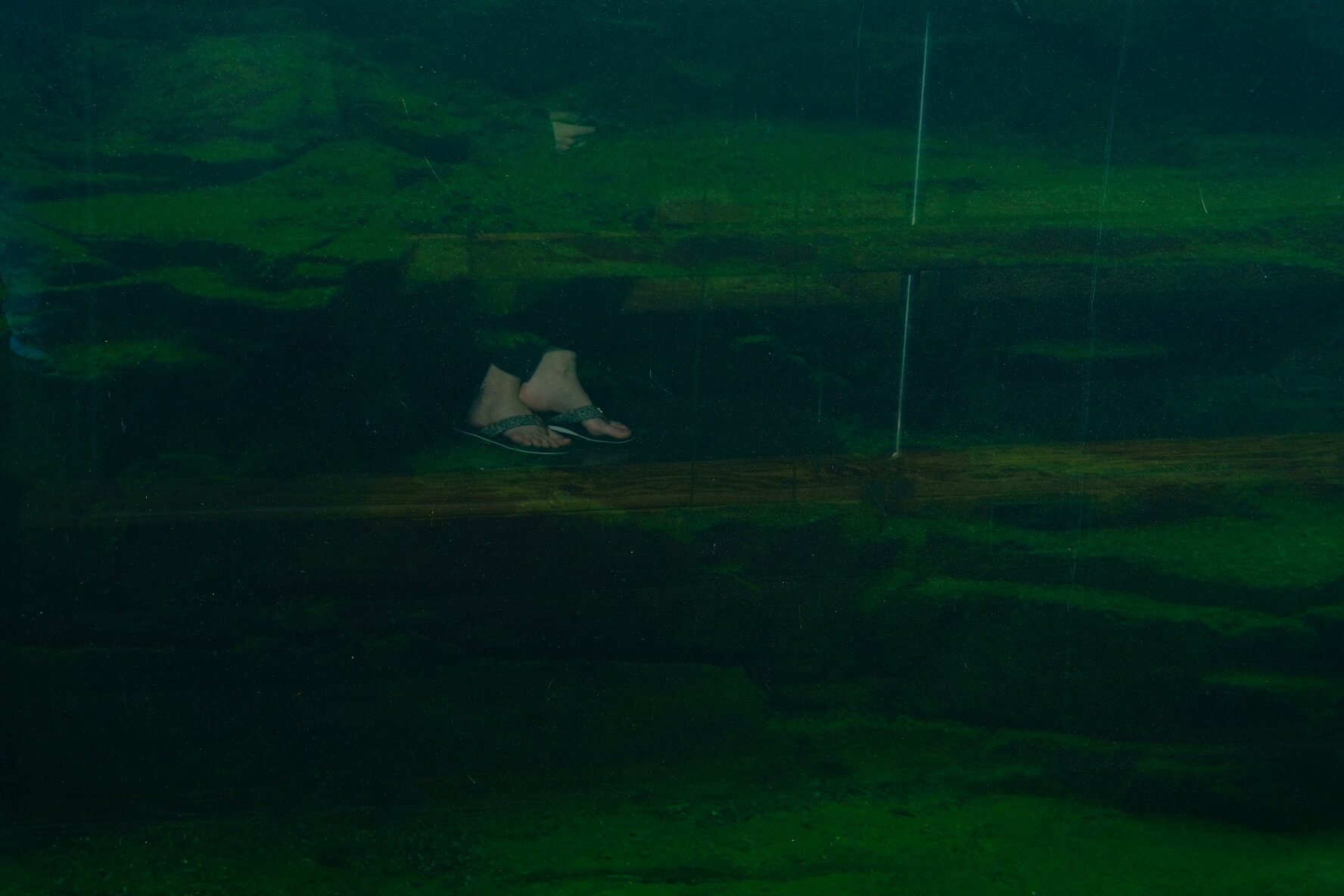
Wait, you said you had two existing Fujifilm cameras, so what is wrong with those ? Well, actually nothing, really, but they didn’t satisfy my requirements. The X-Pro-1 was my nemesis from day one. It had slow focusing and a shutter lag that I could never get over. It has been transformed into the Frankenholga that my son is holding in the pictures above. The X100T, on the other hand, is hands-down the most amazing point-and-shoot camera you could buy, if you don’t mind a 35mm fixed focal length. I have a large selection of Nikon, Canon, Holga, Pentax, and Ricoh SLR lenses and I don’t want them shelved just because I have a digital camera. If the X100T had interchangeable lenses, it would be the perfect camera. If the X Pro 2 was the size of the X100T, it would be the perfect camera. What I got in the X-T20 was a compact camera with the controls of the X100T and the size of the X100T, but the lens selection of the X Pro.
Additional Features of the X-T20
- Programmable Buttons
- Fujifilm ACROS Black and White
- Same Battery as the X Pro 1
- Adjustable Diopter
- Popup Flash and Hotshoe
- 4K video
- 1080p video with Fujifilm film emulation
- Flip screen for waist-level videography/photography
P.S. Full Frame Doesn’t Matter to Me Anymore
One of my complaints about APS-C and MFT is the math. If I want a 35mm lens for my APS-C, I need to buy a 23mm lens. If I want a 35mm for my MFT, I have to find a 18mm. I’m over the math mostly because the only way to tell the difference between a full frame image and a crop-sensor image is to pixel peep, and I’ve got better things to do. Is full frame better ? Absolutely! Your images will have more detail and clarity because the sensor can capture more light. Will your friends on Instagram and Facebook notice ? No. Heck, my parents currently have an 11×14 print I took on my Nexus 6 hanging in their entryway. Unless somebody really tried hard, they’d never know it was taken with a camera sensor smaller than a fingernail. What’s really important for most people is the quality of the image, and Fujifilm, for all of their shady warranty support, still kills it with X-Trans crop sensors.
-
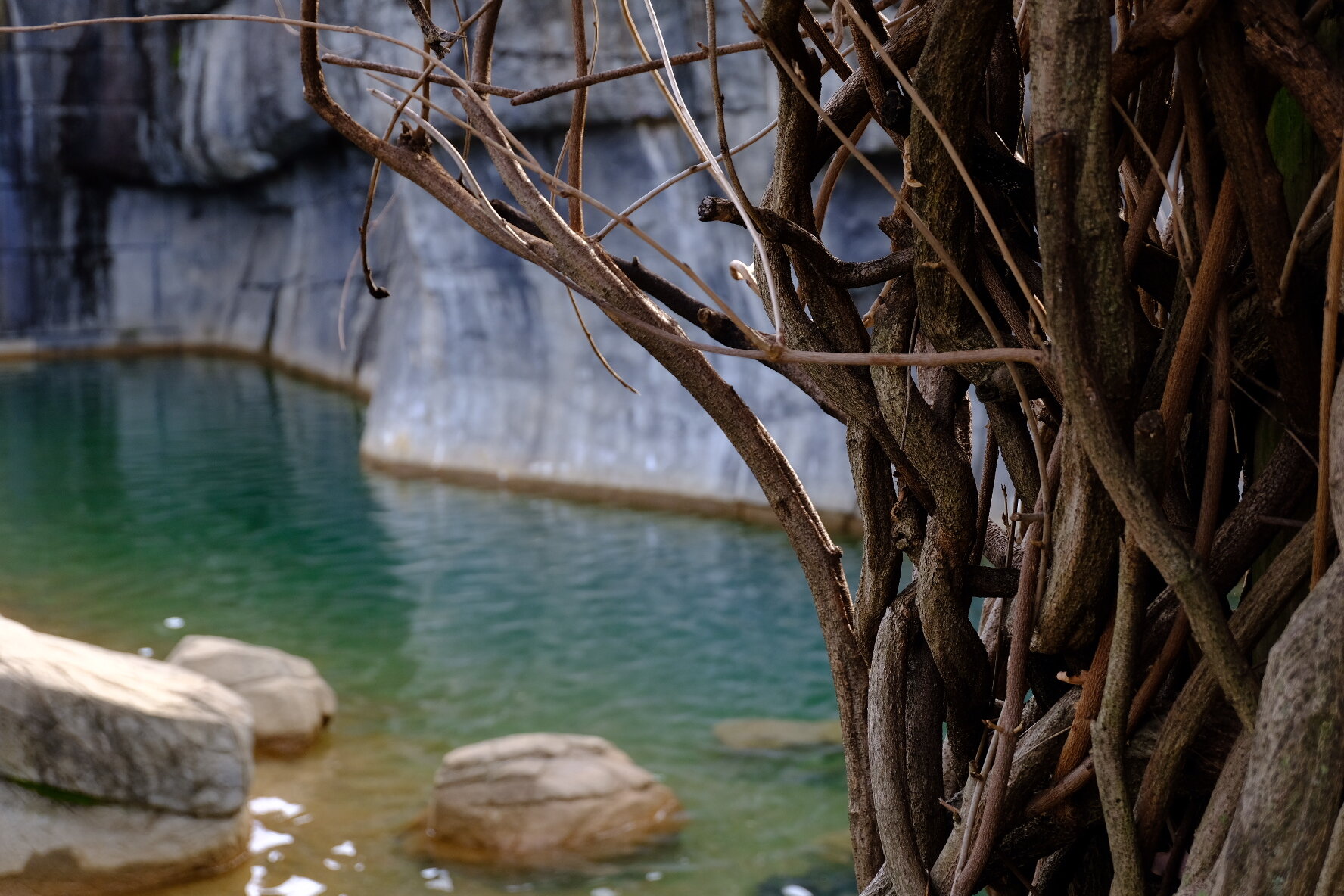
-

-

-
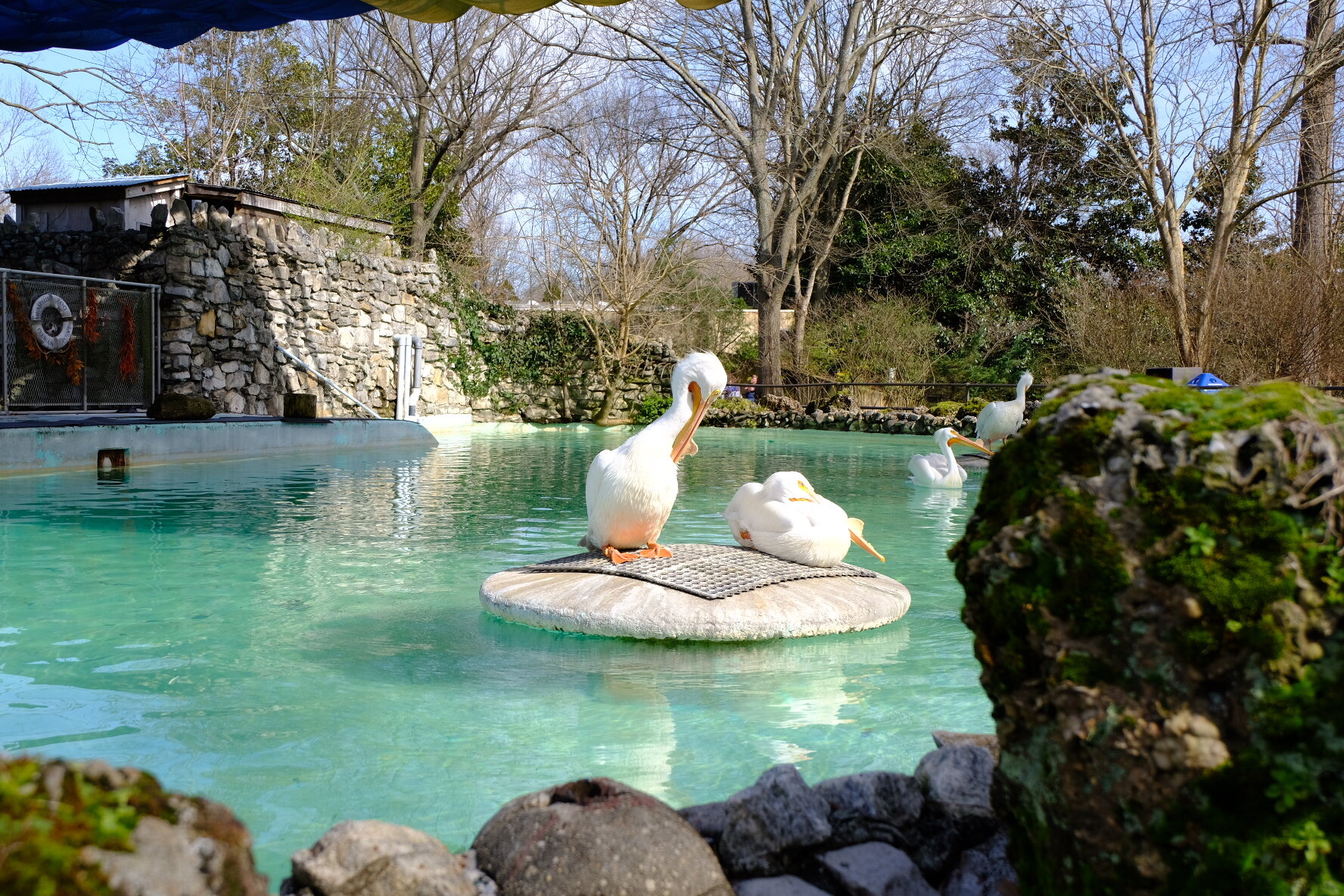
-
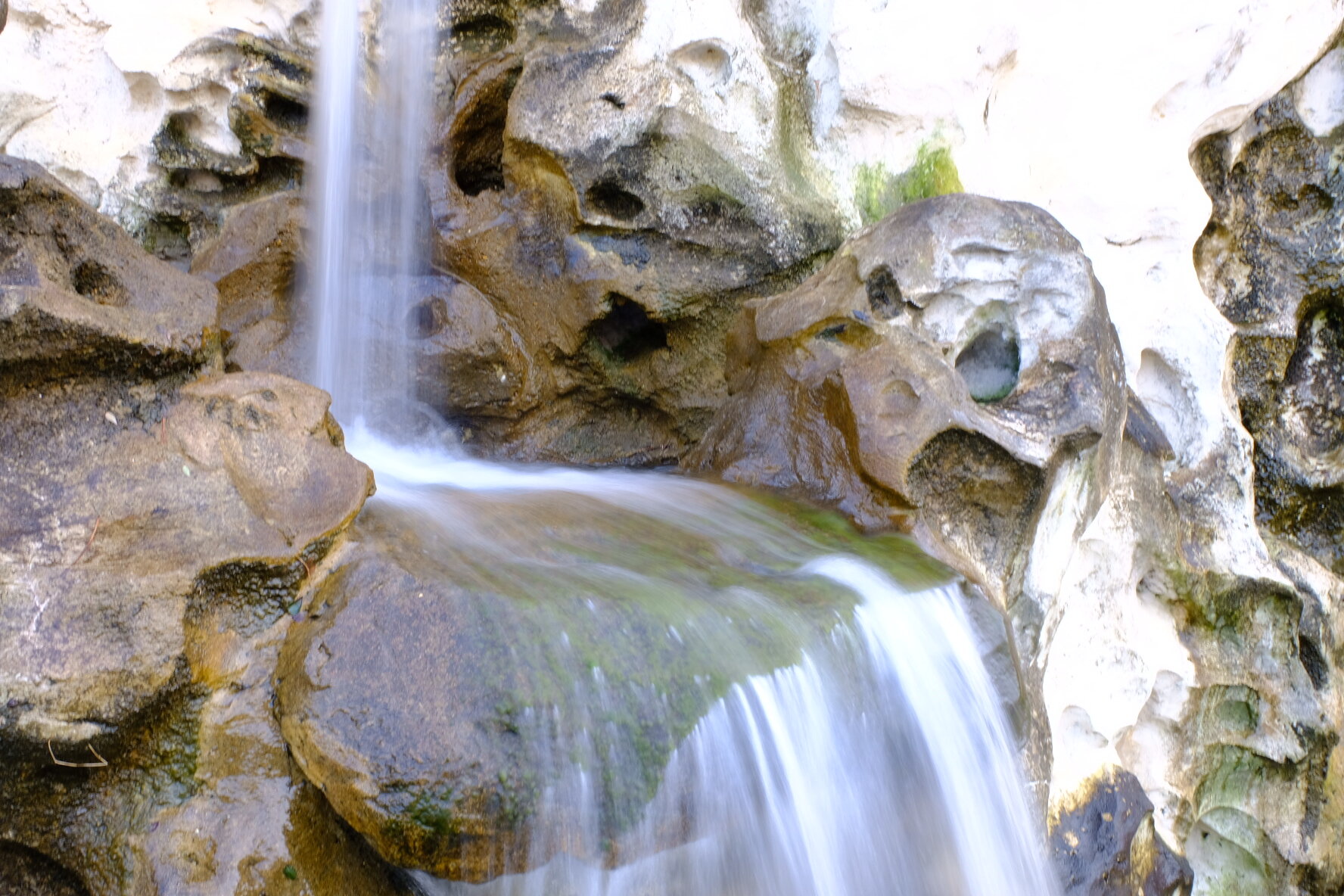
-
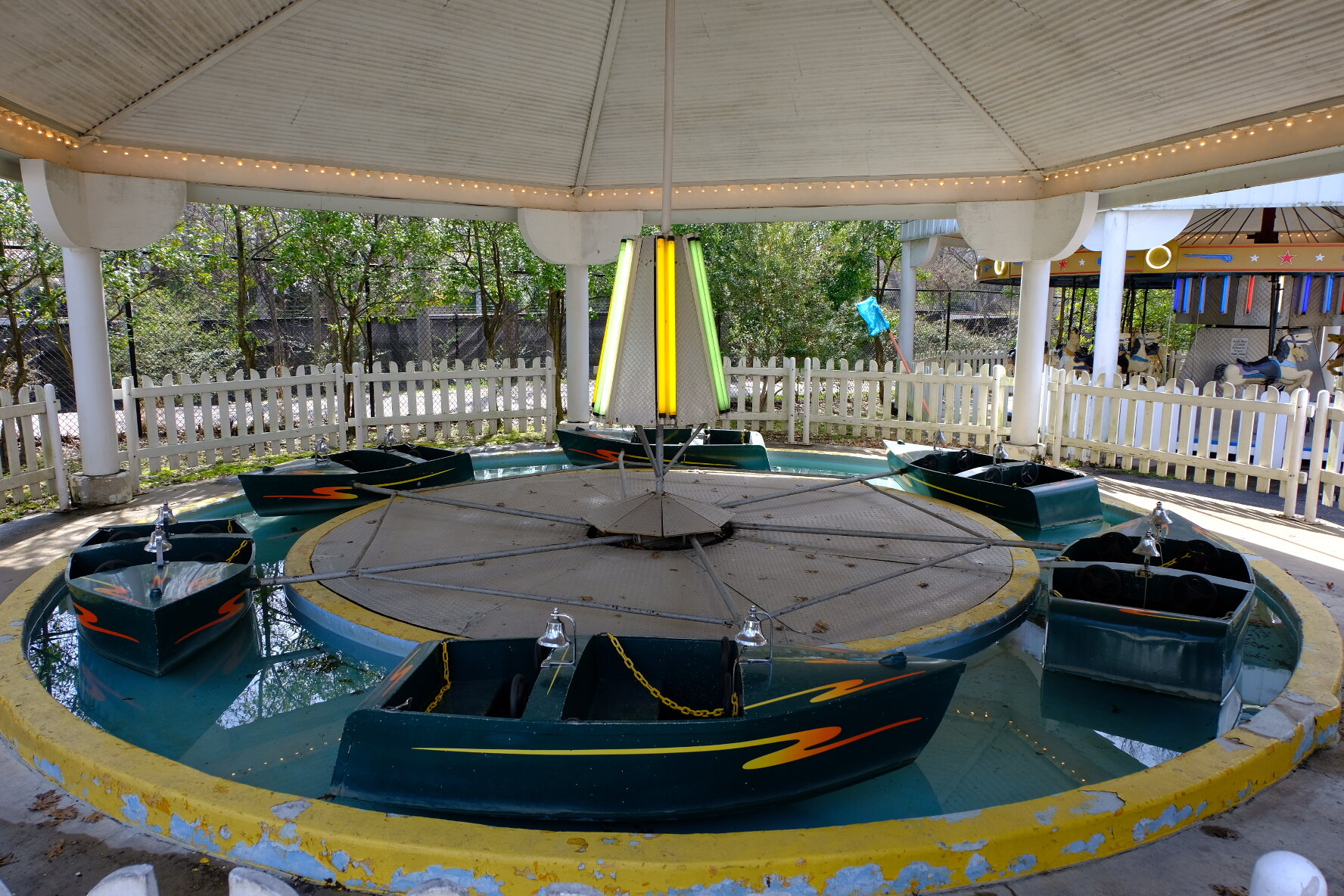
-

Additional Photos

Fuji X-T20 – I Like It. – Aragon's Eye
[…] bought the X-T20 a few weeks ago, and I picked up the kit 16-50mm f/4-5.6 lens. It has proven itself to be a very […]